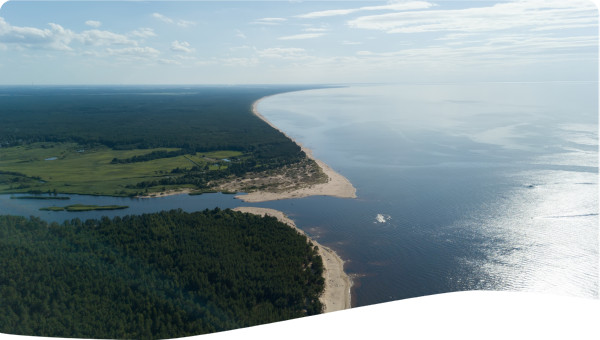The Source-to-Sea (S2S) concept looks at water resources management as a comprehensive network linking land, water, delta, estuary, coast, nearshore and ocean ecosystem holistically (Figure 1). It combines economic development and efficient water resource management by addressing the gaps in the current system. Understand impacts in the long and short term along the system as a whole and not separating the different sectors and services by thinking of water as a continuum, it is easier to create a practical and efficient governance from causes to effects in the source to sea system.
Figure 1. Segments of S2S System. Source: SIWI (2022)
S2S concept defines ‘key flows’ that connects the S2S system from land to the sea. Key flows include: water, biota, sediment, pollutants, and elements that consists ecosystem services. Key flows are altered often as a result of human development activities on land and along water bodies such as industry, energy production, and agriculture create pressures on ecosystems and have effects on downstream key flows as a continuum.
 Tool -
Tool -


